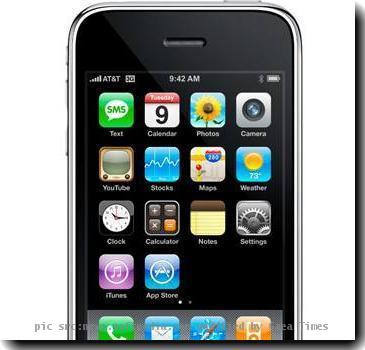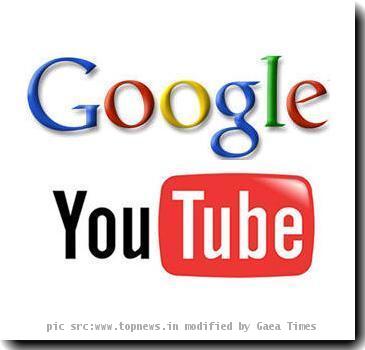Palm sales slump in third quarter as its new phones struggle for attention; stock hammered
By Peter Svensson, APThursday, March 18, 2010
Palm’s phone sales slump and stock dives
NEW YORK — Palm Inc. reported sales figures Thursday that showed it’s having a difficult time getting consumers to pay attention to its phones in a market dominated by iPhones and BlackBerrys. The company’s shares plunged in after-hours trading.
The company shipped 960,000 smart phones to stores and distributors in the quarter that ended Feb. 26, 23 percent more than in the previous quarter. However, the number of phones that were actually bought by consumers was 408,000, down 29 percent from the previous quarter.
By comparison, Apple sold 8.7 million iPhones in its most recent quarter.
“Our recent under performance has been very disappointing, but the potential for Palm remains strong,” Palm CEO Jon Rubinstein said in a statement.
Palm reported a loss of $22 million, or 13 cents per share, for the quarter, its fiscal third. But that was mitigated by an accounting effect brought about by the recent drop in Palm’s stock price. Excluding that effect, the loss was $102.8 million, or 61 cents per share.
In the same period a year ago Palm lost $98 million, or 89 cents per share.
Revenue was $350 million, up from $91 million a year ago, when Palm was waiting to release its newest phones.
The latest revenue figure was above Palm’s own forecast, issued less than a month ago, for $285 million to $310 million. Chief Financial Officer Doug Jeffries said that Palm was able to deliver several shipments early, just before the end of the quarter. Palm recognizes most of its revenue when phones hit distributors, not when the devices are sold to consumers.
Jeffries said Palm now expects sales in the current quarter to be less than $150 million, partly because carriers now have big stocks of phones to sell off.
Analysts polled by Thomson Reuters were on average expecting sales of $305 million in the current quarter.
Palm shares closed Thursday at $5.65, up 28 cents. After Jeffries revealed the revenue forecast in a conference call, the shares fell 74 cents, or 13 percent, to $4.91 in after-hours trading. If the shares stay at that level in Friday trading, they will set a new 52-week low. The shares have traded as high as $18.09 in the past year.
Palm was a pioneer in the smart phone business, but it lagged as BlackBerry maker Research in Motion Ltd. gobbled up the corporate market and Apple Inc.’s iPhone charmed consumers. More recently, Google Inc.’s Android software for smart phones has gained traction at Palm’s expense.
Palm revamped its portfolio last year by introducing a new phone operating system, webOS. It’s the basis for a new line of phones, led by the Pre, that have won critical praise but haven’t turned the company’s fortunes around.
Analysts have suggested that Palm, which is based in Sunnyvale, Calif., is now too small of a player in the phone market and could be acquired. Potential buyers might eye its software and patents. But they also could be dissuaded by the time it would take to get webOS running on their phones.
Rubinstein said Palm is trying to boost sales by reaching consumers where many of them decide what phone to buy: in the store. The company is sending representatives to stores to educate salespeople so they can more confidently recommend and explain Palm’s phones, he said. Early results from that program are encouraging, he said.
The company is also stepping up its advertising efforts, with a new TV spot during the first two weeks of the NCAA basketball tournament. Like some previous Palm ads, it’s focused on explaining a useful but somewhat arcane feature of webOS: its ability to run several applications at the same time, something the iPhone can’t do.
Tags: Expense, Ncaa basketball, New York, North America, United States

